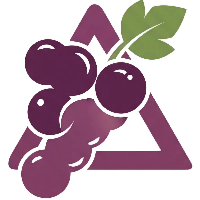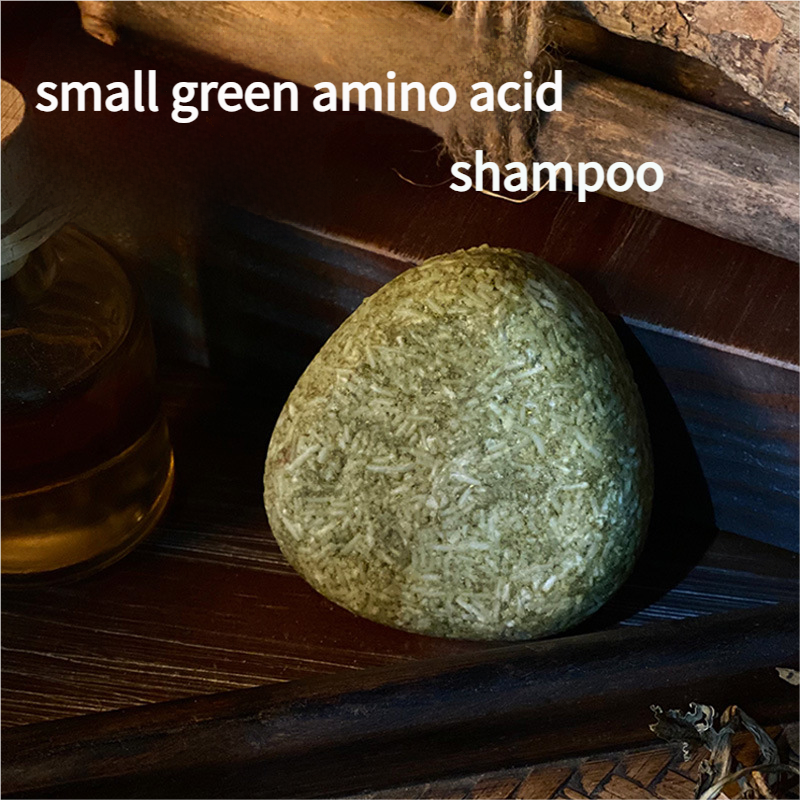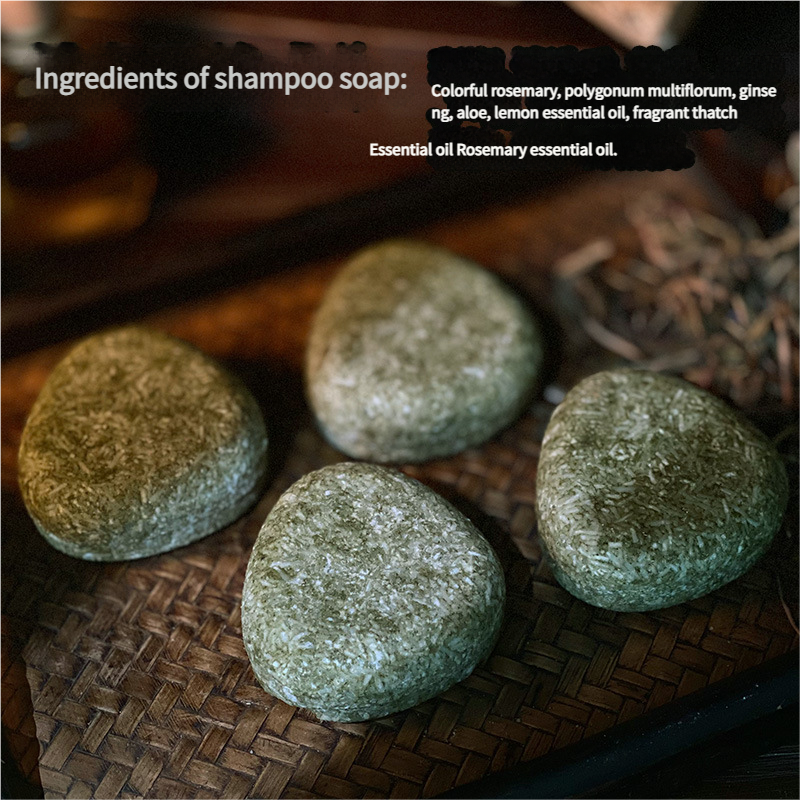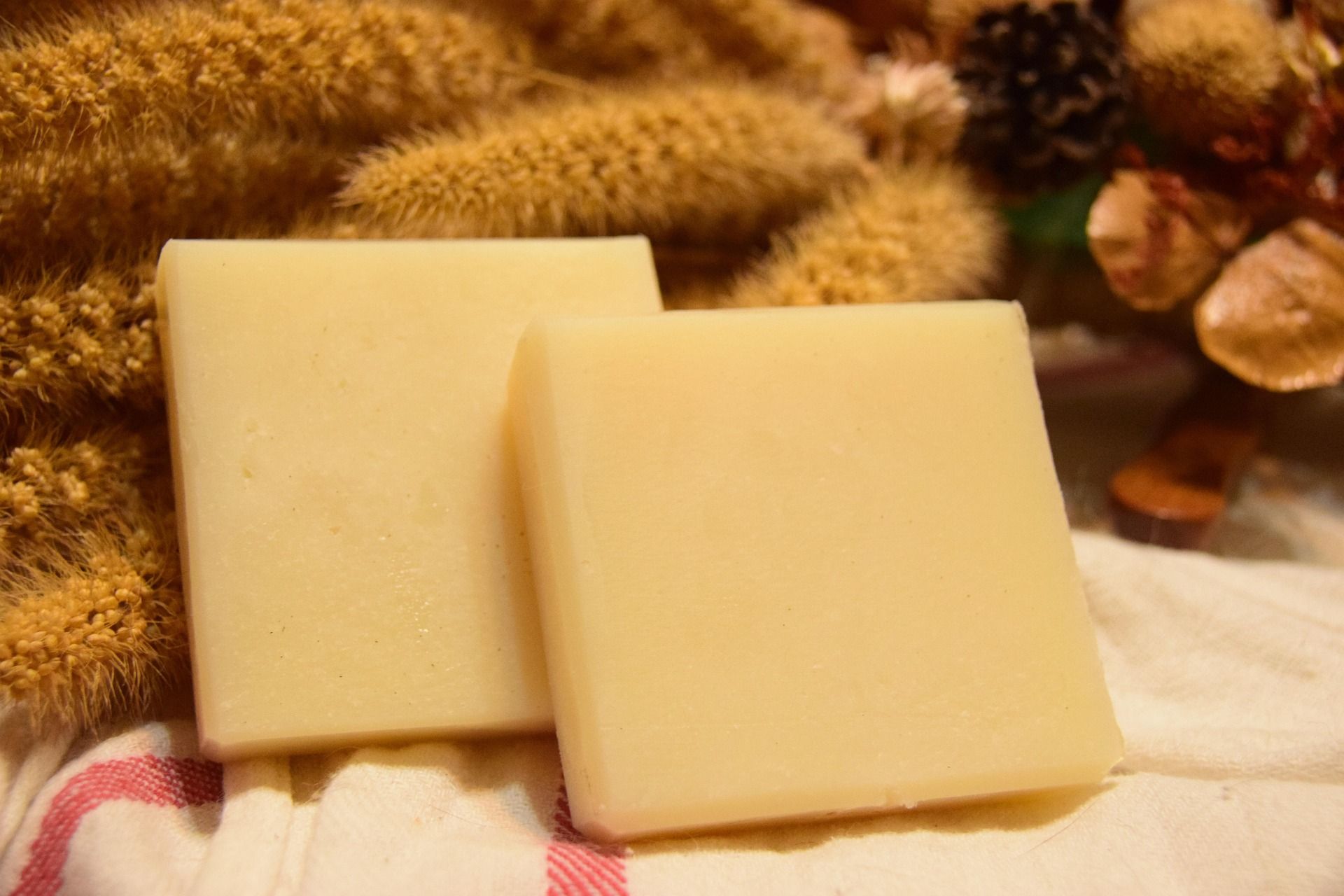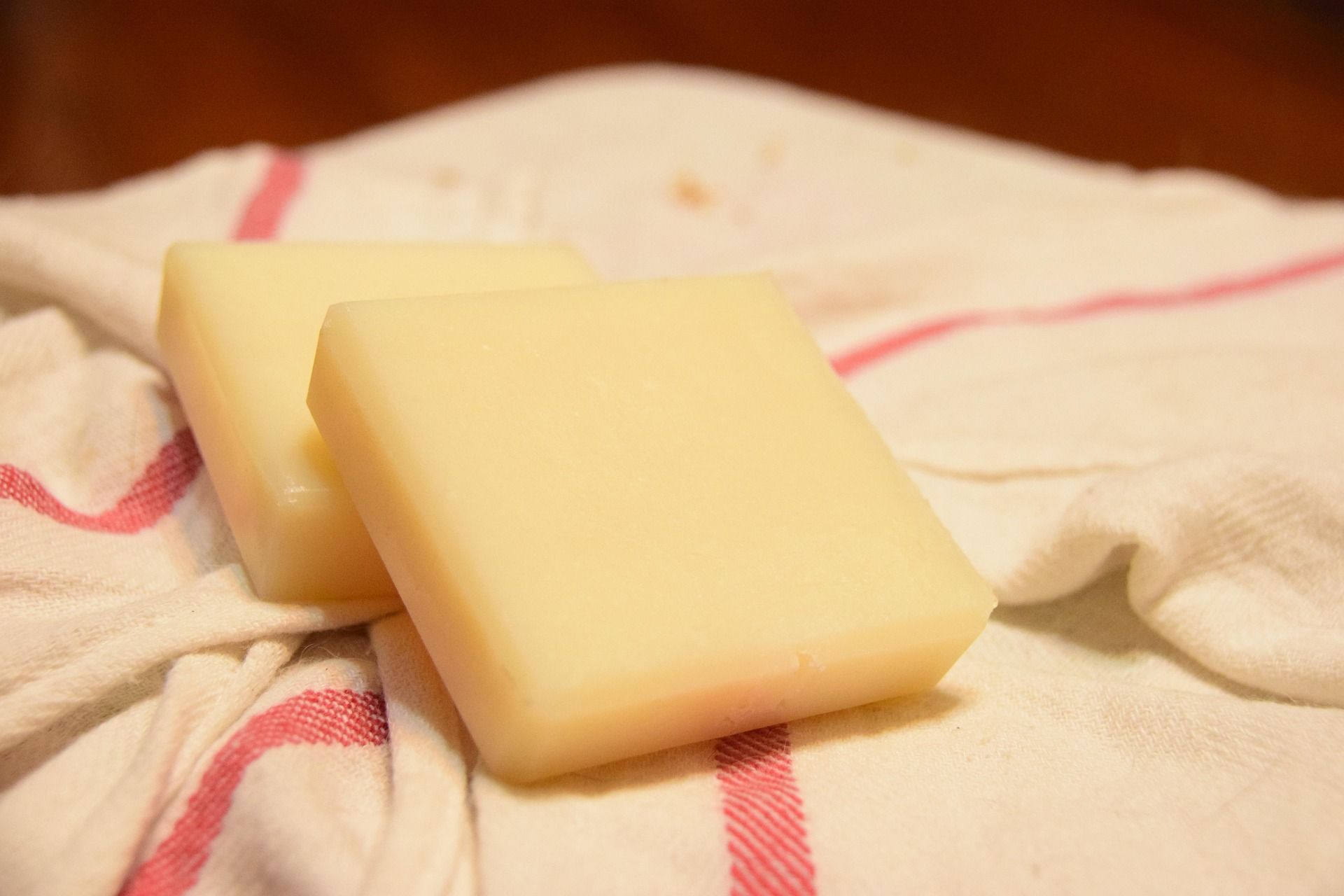Making your own goat milk soap is a rewarding and fun DIY skincare project. A bar of soap you make yourself not only ensures the ingredients are natural but also allows you to customize the formula for your specific skin type.
While the process requires precision and care, if you follow the correct tutorial and safety steps, even a beginner can do it successfully. This guide will provide you with a detailed process for making goat milk soap.
Step One Before You Start: Safety First
Before you begin, you must understand and strictly follow these safety rules. This is because we will be using sodium hydroxide (commonly known as "lye"), which is highly corrosive.
Wear Protective Gear: Always wear safety goggles, acid/alkaline-resistant gloves, and long-sleeved clothing to prevent the lye solution from splashing onto your skin or into your eyes.
Ensure Good Ventilation: Work in a well-ventilated area, as mixing sodium hydroxide with liquid generates heat and fumes.
Follow the Lye-into-Liquid Rule: Always pour the sodium hydroxide slowly and in small amounts into the goat milk. Never pour the liquid into the powdered sodium hydroxide, as this can cause a dangerous reaction.
Ingredients and Tools Needed to Make Goat Milk Soap
Ingredients:
Oils: Such as olive oil, coconut oil, shea butter, etc., which you can adjust based on your recipe.
Fresh Goat Milk: The core ingredient for making goat milk soap, which must be frozen into ice cubes beforehand.
Sodium Hydroxide: The key ingredient for saponification, which must be weighed precisely.
Tools:
Digital Scale: A scale accurate to 0.1g is essential for a successful saponification.
Stainless Steel Pot/Heat-Resistant Container: Used for heating the oils and mixing the lye solution. Do not use aluminum or plastic containers.
Stick Blender: Used to mix the oils and lye solution to speed up the saponification process.
Silicone Mold: Used for shaping the soap.
Thermometer: Used to measure the temperature of the oils and the lye solution.
The Goat Milk Soap Making Tutorial: 6 Easy Steps
Step 1: Freeze the Goat Milk Pour the fresh goat milk needed for your recipe into an ice cube tray and freeze it. This prevents the milk from scorching or changing color when you add the sodium hydroxide.
Step 2: Make the Lye Solution Place the frozen goat milk ice cubes into a stainless steel container. Then, slowly and gradually pour in the measured sodium hydroxide powder. Stir thoroughly after each addition until it is completely dissolved. The container will get hot; this is normal. Once complete, set the lye solution aside to cool down.
Step 3: Heat the Oils Weigh all the oils from your recipe and pour them into a stainless steel pot. Heat them on low heat until they are completely melted. Use a thermometer to control the oil temperature, aiming for around 104-113°F (40-45°C).
Step 4: Mix to "Trace" When both the lye solution and the oils have cooled to 104-113°F (40-45°C), slowly pour the lye solution into the oils. Use a stick blender to mix until the mixture thickens. It has reached a "trace" when you can drizzle some of the soap on the surface, and it leaves a visible mark that doesn't disappear immediately.
Step 5: Pour into the Mold Pour the soap mixture that has reached "trace" into your prepared mold. You can smooth the surface or add a design, then cover it with plastic wrap or a towel to insulate it.
Step 6: Unmold and Cure After 24-48 hours in the mold, the soap should be hard enough to remove. Unmold the goat milk soap and place it in a dry, well-ventilated area for a 4-6 week curing period. This process allows excess moisture to evaporate, making the soap gentler and more stable.
Congratulations! Once you've completed all the steps and patiently waited for the curing period to end, you'll have a natural, gentle, and lovingly made handmade goat milk soap.
